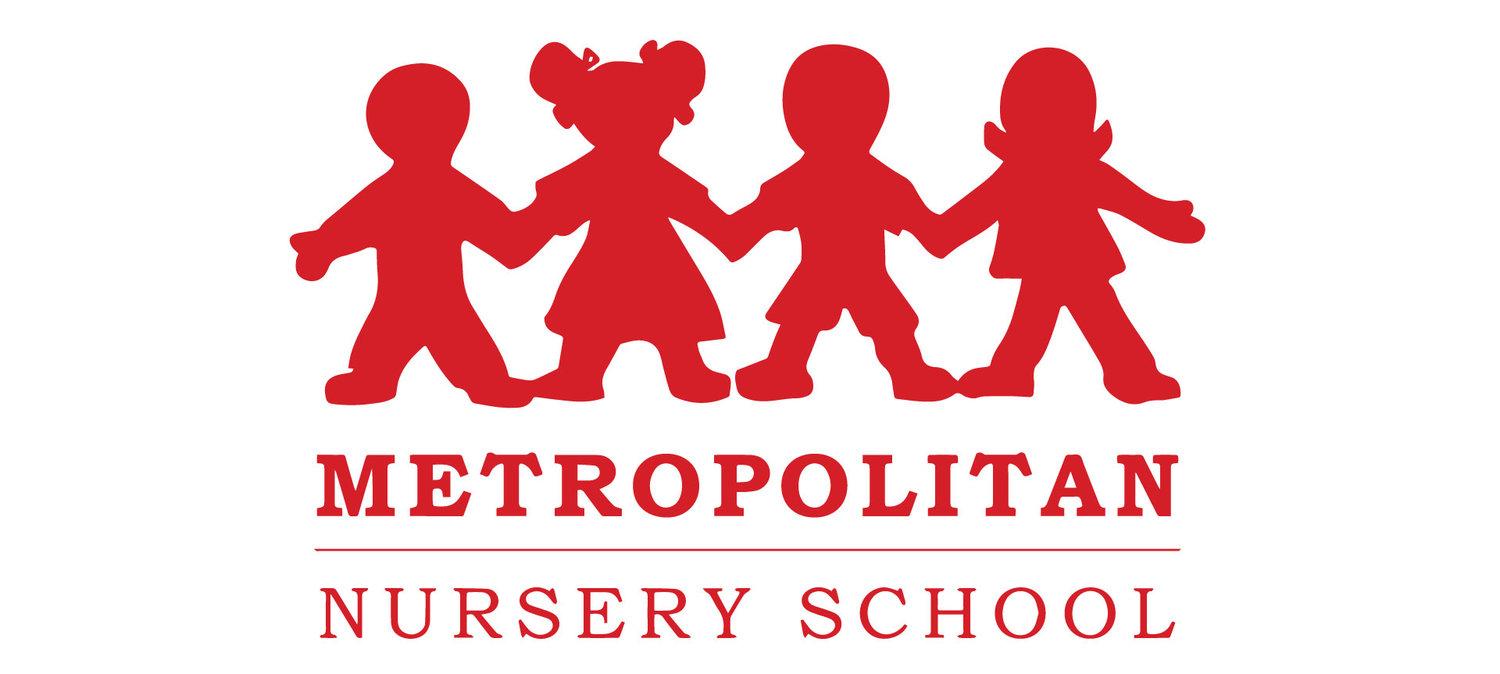Many of us were hit with our first serious cold of the season these last few weeks. While many were not tested, I am assuming that RSV is what most of us had during the month of October. You may have read in The Washington Post about the increase in RSV cases we are seeing this Fall, or how experts are expecting a busy cold and flu season with possible upticks in flu, COVID and RSV all at once. To some extent, this is largely unavoidable. These upticks are based on a population of people (your children, but also all of us) having poorly prepared immune systems since we were living in masks the last two years. Yes, masks and social distancing help prevent spread of illness, but so too does having regular seasonal spread of illnesses, as it allows many of us to prime our immune systems and prevents an entire population from having suppressed immunity and getting sick all at the same time. So this uptick is an expected result from all the illness mitigation we did the last couple of years. While some of this is unavoidable, we want to feel like we are not completely hopeless in mitigating the worst impacts of illness for our families. So here are my tips to stay as healthy as possible during what may end up feeling like a never-ending cold and flu season this Fall!
Keep your children home if they are symptomatic or say they are “feeling” sick. Symptoms include (but are not limited to) fever, vomiting, diarrhea, persistent cough or runny nose, fatigue or shortness of breath. With many illnesses, your child is most contagious on the early days of infection (when symptoms are mild). But your child’s immunity is also down during this period, so sending them to school as they are starting to get sick makes them more likely to catch additional bugs, or have a worse case of the current, as their body isn’t getting the time to rest and repair that it needs before being exposed to more germs. Once your child is cleared to return to school, work to lessen and lingering symptoms: e.g., use a face mask or cough syrup to lessen coughing impacts during school and use saline rinses before school to help clear out goopy noses!
Continue to report diagnosed communicable diseases to the school once your child sees the doctor. This helps us know what is going around and report to other parents.
Get vaccinations now for flu and COVID. They may not prevent you from getting sick, but they should prevent you from getting severe illness.
Be PROACTIVE in MITIGATION by staying rested, cleansed, and hydrated.
Rested: As I note in my blog post about the Importance of Everyday Things, getting quality sleep is important for our body to be able to fight off and recover from infection. This is particularly true during the early days of an illness.
Cleansed: Hand-washing is critical as many of the illnesses are spread through fomite transmission, with children touching a runny nose and then touching a surface that another child or adult then touches. FREQUENT HAND-WASHING is important. In addition to keeping your hands clean, consider cleaning your child’s nose with a saline rinse as well. This will not only clean out allergens and possibly some viruses and bacteria, but many saline rinses also help hydrate the sinuses which keeps them resilient.
Which leads us to the importance of hydration. Remember to drink lots of fluids. It helps keep our systems hydrated and flushed. But also keep your skin hydrated. With the heat on, our skin is likely drying out. With runny noses we are likely further irritating our skin each time we wipe a nose. Dry, chapped skin that we scratch or rub a lot is a gateway for infections/germs. So drink water, use some good hydrating lotion on your child’s skin (CeraVe and Aquaphor have some good, hypo-allergenic lotions good for children’s more sensitive skin). And consider using a hydrating saline mist to clean out your child’s sinuses (where lots of bacteria and virus like to hide), that skin is also likely more chapped during the early part of the Fall when the dry heat starts kicking on in buildings.
